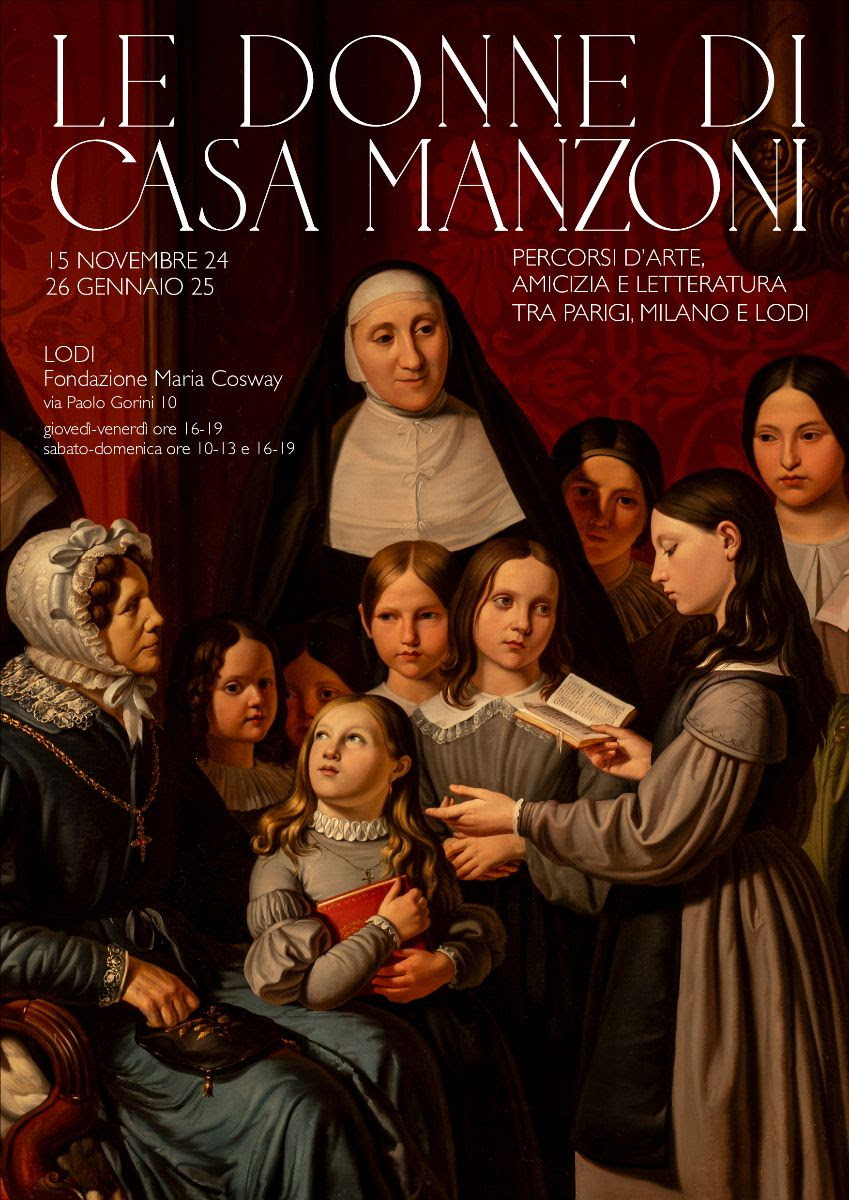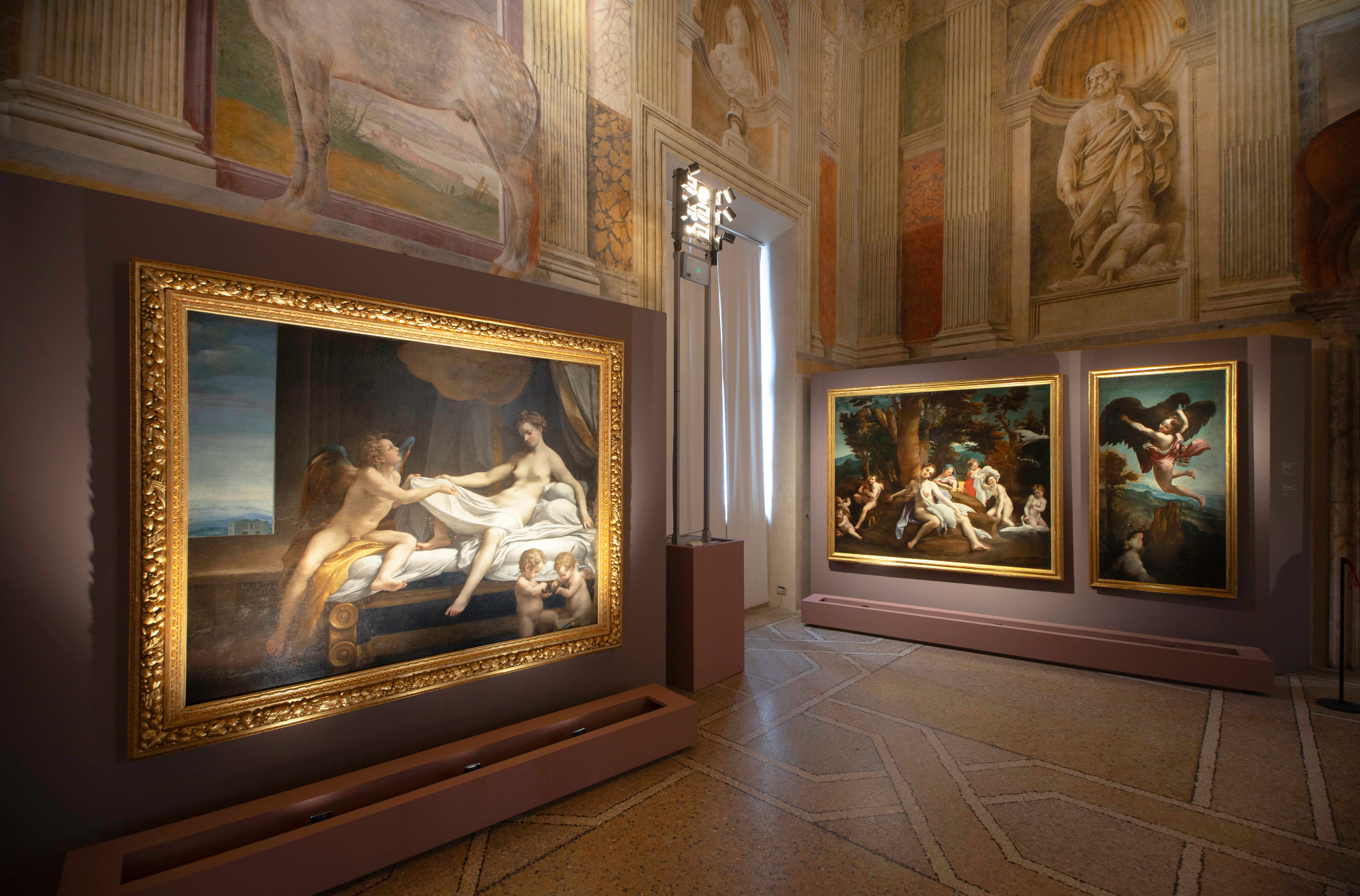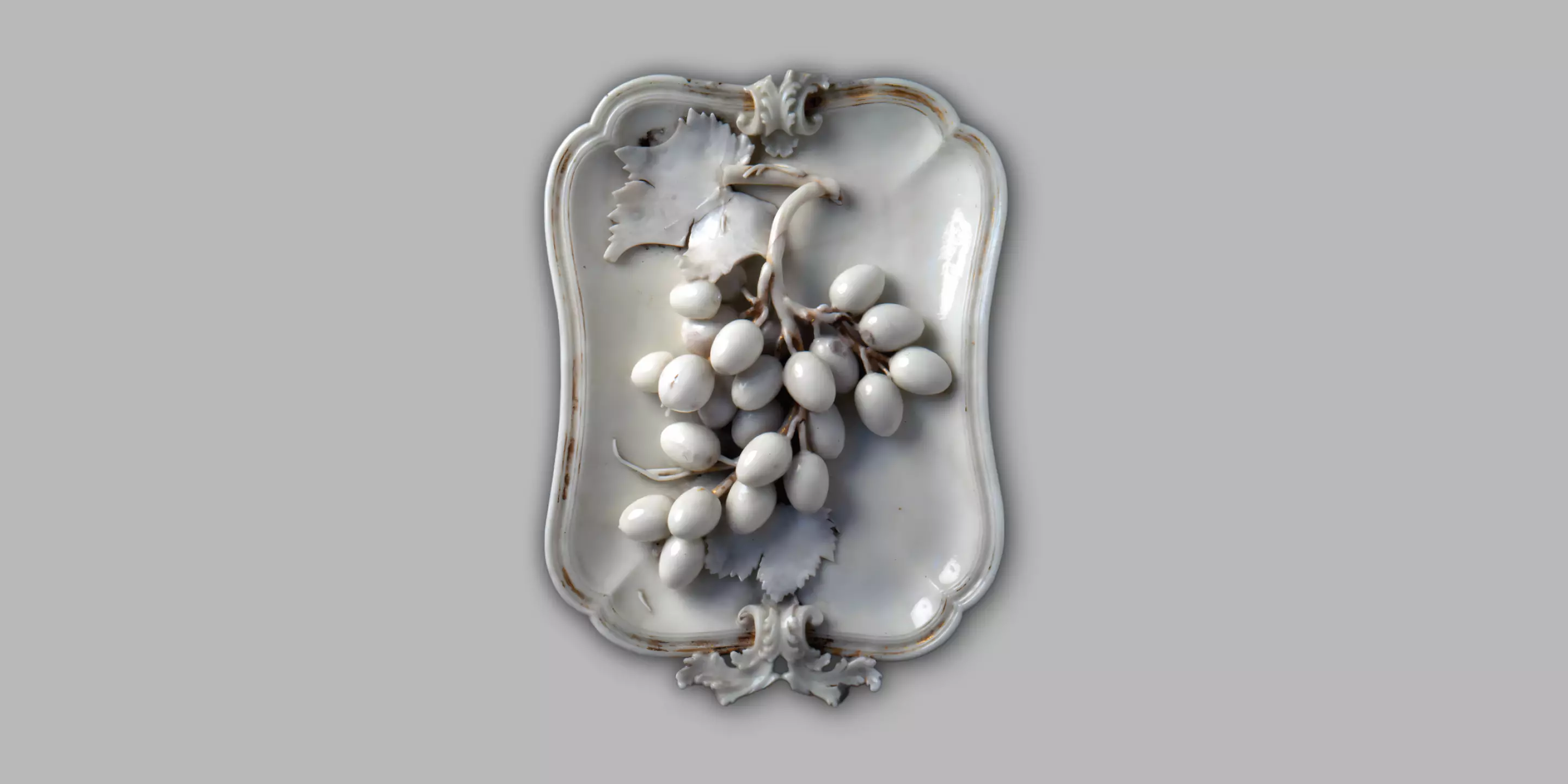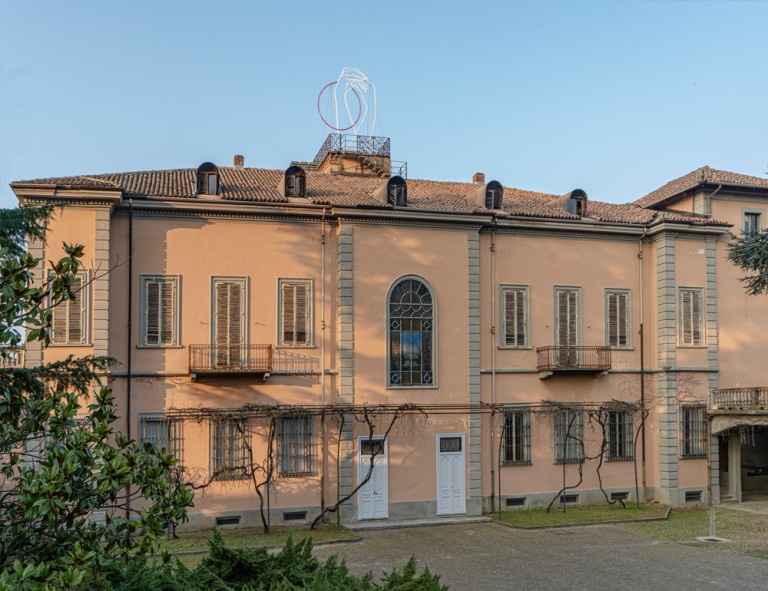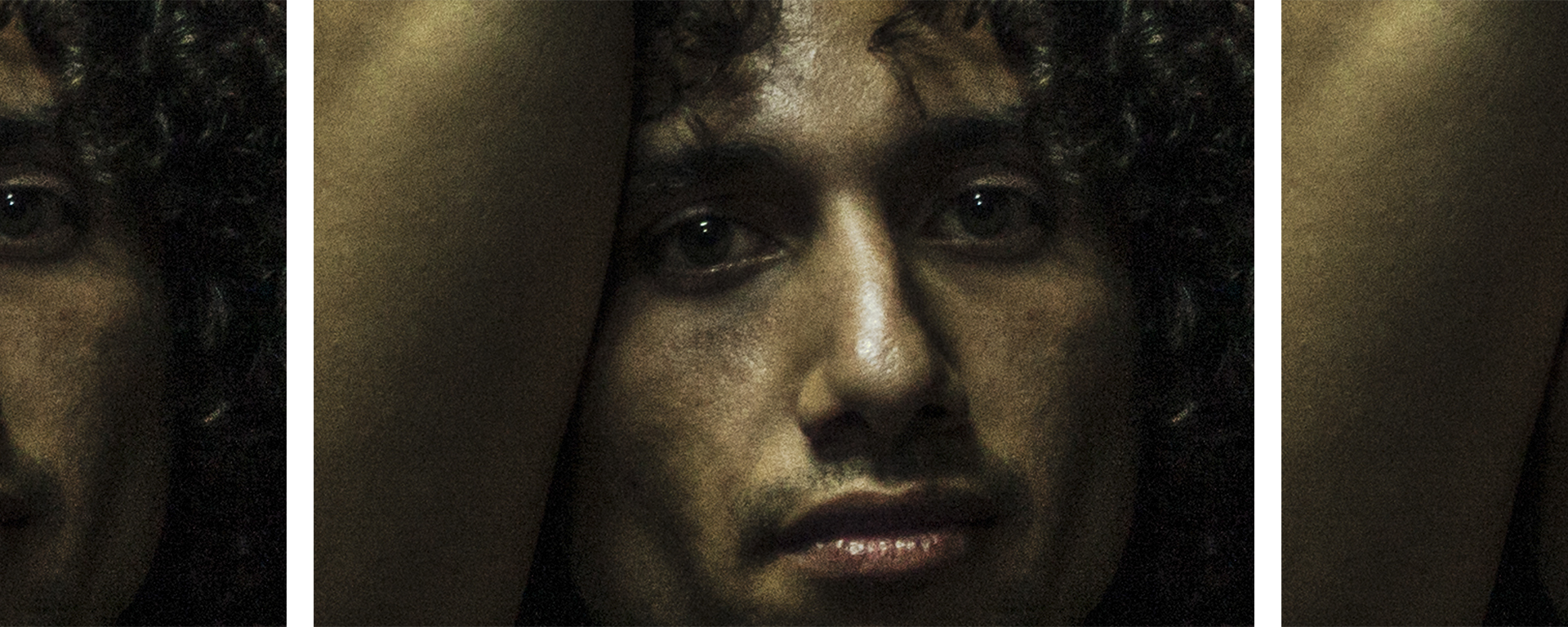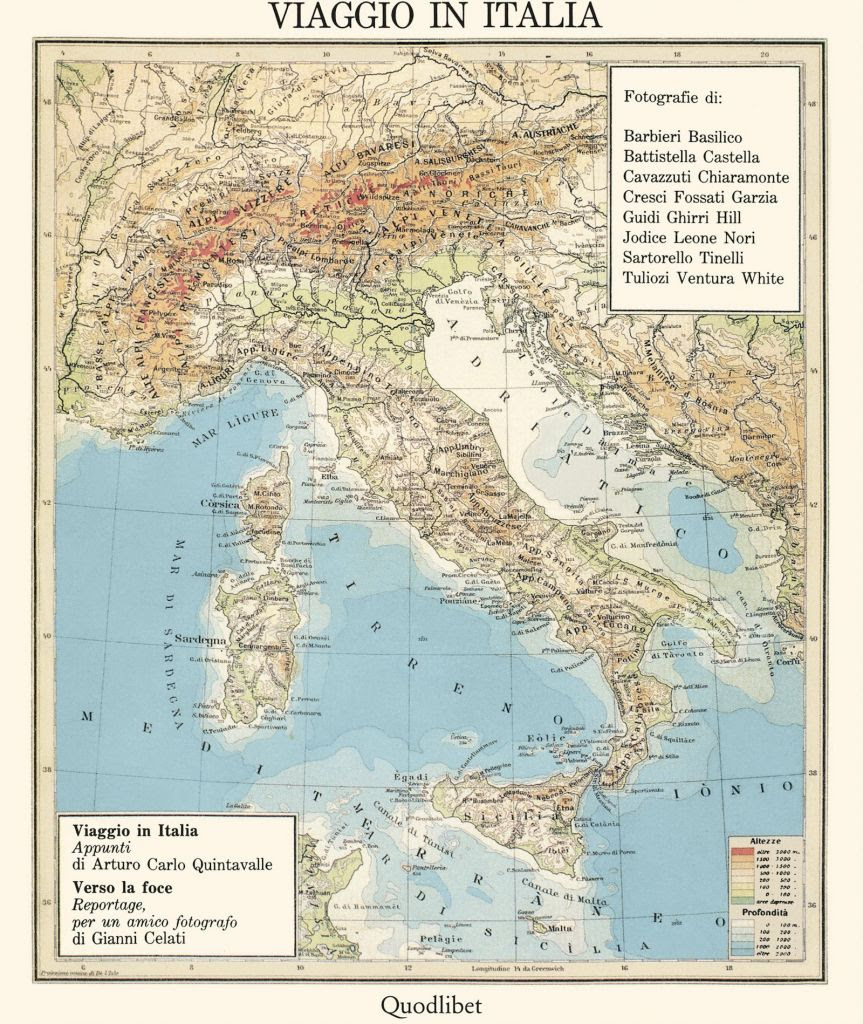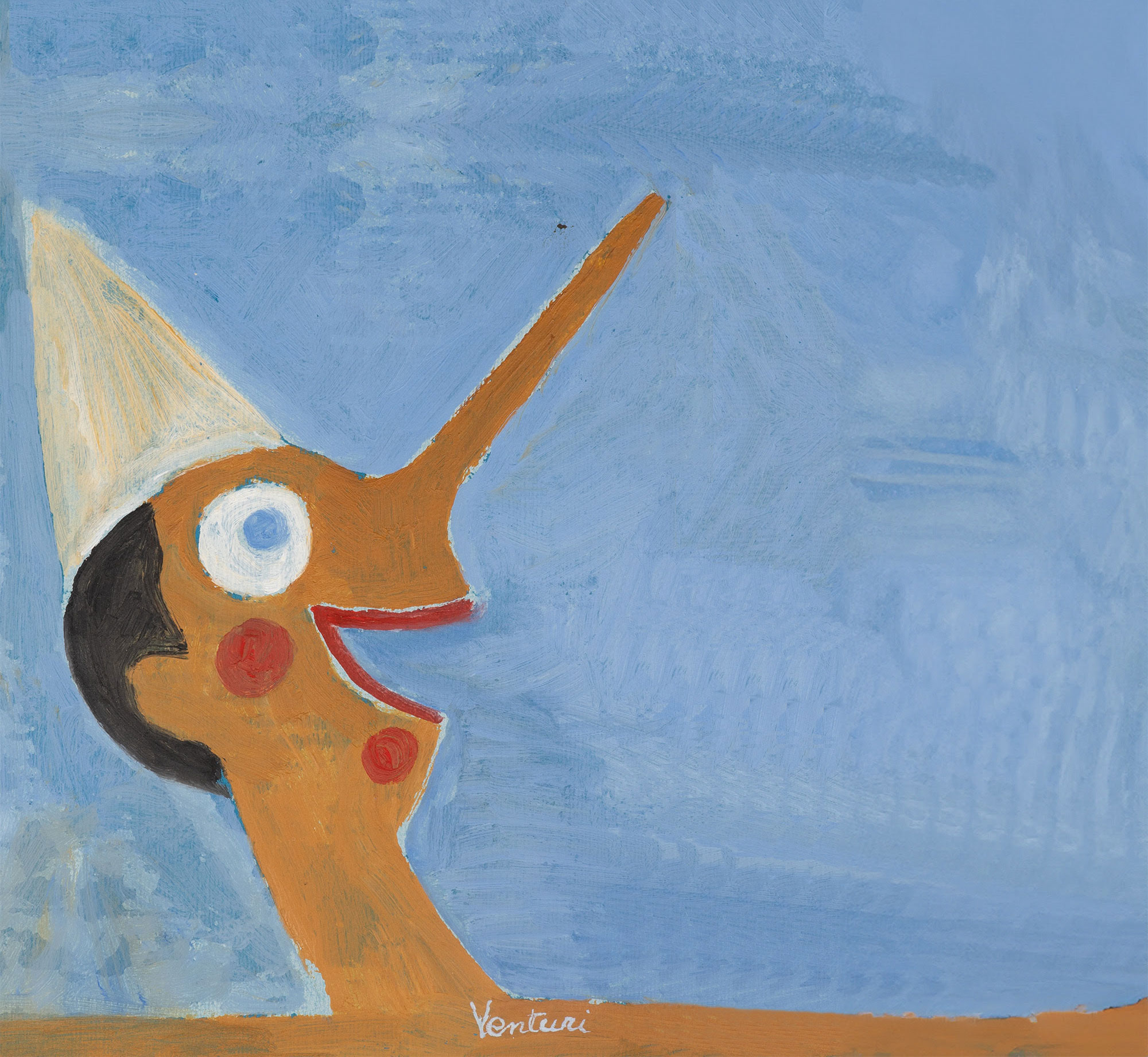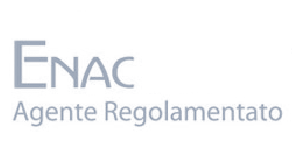Art, friendship and literature itineraries between Paris, Milan and Lodi
Cosway Foundation, Lodi
15 NOVEMBER 2024 – 26 JANUARY 2025
“The women of the Manzoni household. Art, friendship and literature itineraries between Paris, Milan and Lodi” is the title of the exhibition held in Lodi at the Maria Cosway Cultural Centre to celebrate Alessandro Manzoni 150 years after his death.
The exhibition “The women of the Manzoni household” focuses attention not only on “real” women, but also on “paper women”, the famous female figures, such as the Nun of Monza, Lucia, her mother Agnese, that female universe outlined by Manzoni’s pen in The Betrothed. It also aims to highlight the close bond between Maria Cosway, one of the most important, fascinating and complex female figures who lived between the eighteenth and nineteenth centuries in Italy and internationally, and the Manzoni family. A bond that began with the meeting in Paris with Giulia Beccaria, the writer’s mother, continued with the presence of Vittoria, Alessandro’s daughter, at the College founded by Maria, passing through the correspondence with Enrichetta Blondel, Manzoni’s first wife. Relationships of esteem and friendship also witnessed by the presence of some rare editions of Manzoni’s works at the Foundation’s library. The creator and co-curator Luca Marcarini illustrates the reasons for the exhibition: “Starting from the presence of Vittoria Manzoni in Lodi as a student at the College founded by Maria Cosway and from the friendship between Maria and Giulia Beccaria, we decided to explore that familiar female universe that played a fundamental part in Manzoni’s life and work, in order to be able to provide a more complete and in some ways unprecedented vision of the artist and the man. Manzoni’s female figures, from those of The Betrothed to those of the tragedies – continues Marcarini – are now established to be largely the transposition of those that surrounded Alessandro in his most intimate sphere, starting from his mother to his daughters, passing through his beloved wife Enrichetta. In all of this, the different friendships that tied each of them to Maria Cosway at different times and places, help to better understand their multifaceted personalities and the relevant intellectual attitudes that so influenced Manzoni from an emotional and literary point of view”.
The exhibition itinerary unfolds in the recently restored spaces of the Foundation, among which the ancient neoclassical chapel of the Collegio delle Grazie stands out, today returned as an exhibition space, in addition to the Music Room and the Library (which can be visited only upon request) following the life of Maria Cosway, her meetings with the members of the Manzoni family and the images of the writer’s most famous work.
The first part of the exhibition, called “Biography of Maria”, is illustrated by the Self-portrait with a straw hat, up to the engraving by Valentin Grenn, never exhibited before, which depicts the Cosway couple.
In the section “Maria in Paris”, the exhibition presents, for the first time, a large number of engraved sheets accompanied by preparatory drawings for the copper plates, coming from the Galerie du Louvre, alongside these also a small drawing depicting Napoleon Bonaparte on horseback taken from the famous painting by Jacques-Louis David of whom Maria was a friend.
In the section “Maria in Lodi”, you can admire the marble bust of Melzi d’Eril made by Giovanni Battista Comolli, flanked by the drawing with the profile of the effigy, attributed to Andrea Appiani and preserved in a private collection.
The last section of the exhibition, called “I Promessi Sposi”, is extremely significant, because it highlights the editions of Manzoni’s works present in the Mari Cosway Library, from the Inni Sacri, to Il Carmagnola, up to the 1840 edition of I Promessi Sposi. And then the various paintings depicting the famous female figures of the Promessi Sposi, such as Gertrude ready to enter the monastery by Francesco Gonin and Il Silenzio by Stefano Bersani, from the Brera Academy in Milan. And again: the drawing by Eliseo Sala with Lucia looking out the window, the painting by Felice Giani, Lucia sewing; Friar Christopher in conversation with Lucia, Agnese and Renzo by Angelo Trezzini, Three episodes of the Betrothed, a work by Matteo Meneghini and finally by Andrea Gastaldi, Don Abbondio seeks refuge with Agnese and Perpetua at the Castello dell’Innominato, to which are added other works by other famous Lombard authors of the second half of the nineteenth century always linked to the theme of the Betrothed.
Edited by Monja Faraoni, art historian and historian Luca Marcarini

